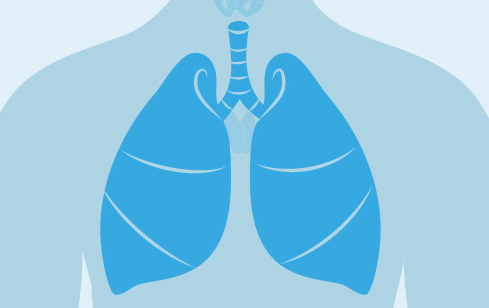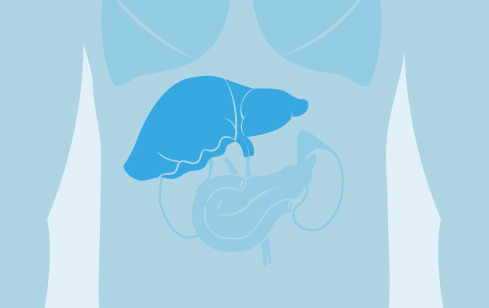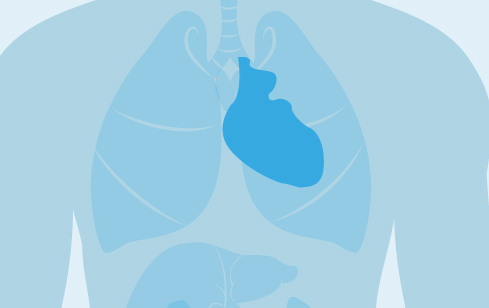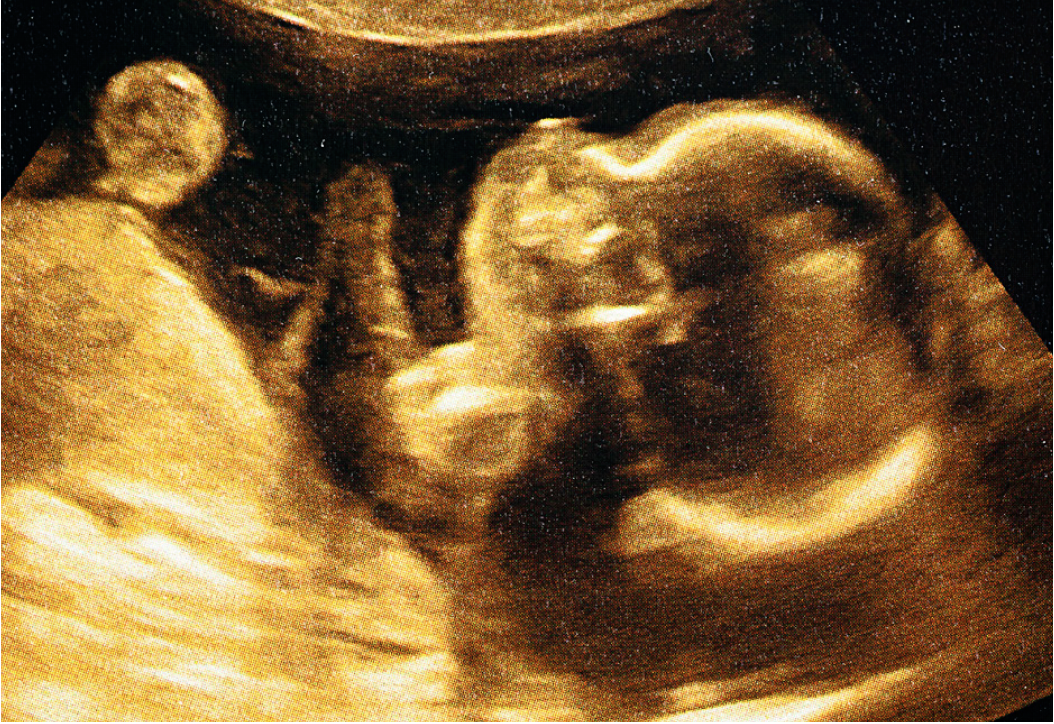


Nine out of ten people breath polluted air which exceeds the safe guideline limits outlined by the World Health Organization.
Air pollution is the 5th highest health risk factor for death in the world, with 7 million deaths every year. Particles of soot can pass across the placenta in pregnant women.
All people are at risk from breathing in polluted air but those with greater exposure or susceptibility are most at risk – children and unborn babies, people living in cities with poor air quality, and office workers in poorly ventilated buildings
Air is polluted by particles of harmful chemicals emitted during vehicle combustion, energy generation, and manufacturing processes.
These particles make their way into the human body where they can inflame and constrict the movement of blood in fine blood vessels which increases blood pressure. This can happen within the lungs, heart, and throughout the whole body, raising the risk of stroke or heart attack and heart disease.
The particles we breath in from polluted air are known as Particulate Matter or PM. The term is used to describe the mixture of solid particles and liquid droplets in the air.
Particulate matter varies in size; particles with a diameter of less than 10 micrometres are referred to as PM. Smaller particles are known as fine particulate matter or PM2.5 and have a diameter of less than 2.5 micrometres or one 400th of a millimetre wide. PM2.5 typically makes up two thirds of all particulate matter. It is considered to be the most harmful to human health.
Long term exposure to particulate air pollution can result in creating a health body burden.

Air polluted by particulate matter causes breathing problems and inflammation in the lining of the lungs. It reduces lung function and immunity leading to infections and increased risk of COPD.
It can lead to infections, especially for people with asthma; children are most at risk.
Exposure to air pollution can age our lungs, shortening life expectancy.

Particulate matter and nitrogen oxides can make their way into the bloodstream reducing the body’s natural ability to detoxify. Wider effects of a compromised detoxification system aren’t yet understood, but a number of epidemiological studies have linked trace toxicity to a wide range of conditions, including cancers.

Particulate matter can harden the arteries and constrict blood vessels, leading to coronary disease, heart attacks, and damage to other key body organs.

Particulate matter can cause headaches and anxiety, strokes, and dementia. Fine PM2 can make its way into the central nervous system.

Airborne soot can pass from mothers to unborn children via the placenta. This can result in premature births and low birth weights. Air pollution can also result in lower fertility levels in women trying to conceive.
Exposure to Particulate Matter is consistently associated with higher risk of cardiovascular and respiratory diseases including asthma and COPD.
Nitrogen Oxides can cause inflammation in the lungs and respiratory airways leading to difficulties with breathing and respiratory symptoms such as coughing and wheezing. They can aggravate respiratory diseases, especially asthma. They are also associated with many heart related health conditions.
Benzene is a known human carcinogenic. It can disrupt normal genetic activities and cause cancers, in particular leukaemia. There is no safe level of exposure to benzene.
1,3 butadiene is also a recognised genotoxic human carcinogen; there is no safe level in ambient air. The highest health risk is the onset of cancer in the lymphoid system and blood–forming tissues, leading to lymphoma and leukaemia.
Polycyclic aromatic hydrocarbons, PAHs have strong associations with various types of cancer. Occupational exposure to PAH’s can cause higher incidence rates of lung and skin cancers.
Sulphur dioxide, SO2 causes constriction in the lungs and airways, especially in people with pre-existing conditions including asthma and COPD.
Ammonia has a cumulative effect when it combines with other ambient particles to create particulate and fine particulate matter resulting in the health problems associated with PM.
Carbon monoxide has wide-ranging effects on the body’s ability to carry oxygen around the body to vital organs. With reduced oxygen levels the body cannot carry out normal activities at the cellular level. People with pre-existing cardiovascular conditions are particularly at risk.
Exposure to ozone can cause irritation to the eyes and nose even at low levels. At high levels it can reduce normal lung function, damage the airways, causing further respiratory symptoms.
Indoor air pollution can affect office workers in poorly ventilated buildings and children in poor housing.